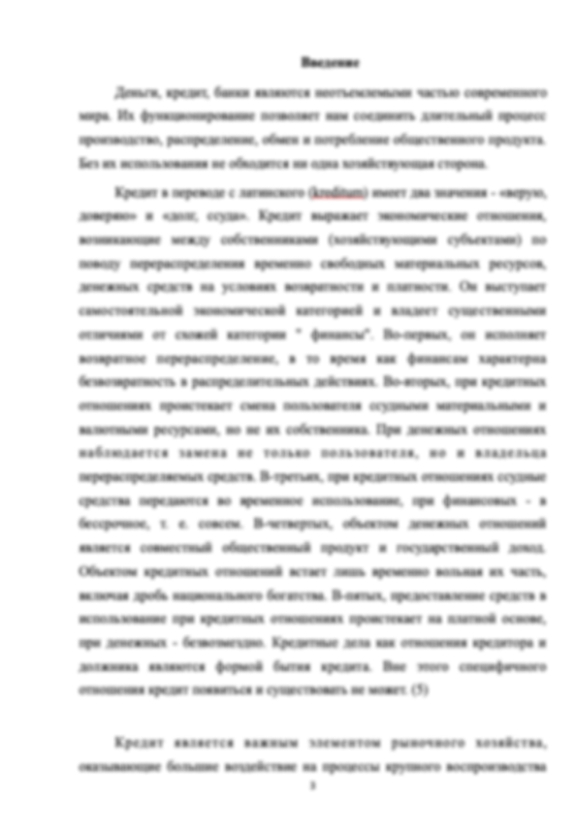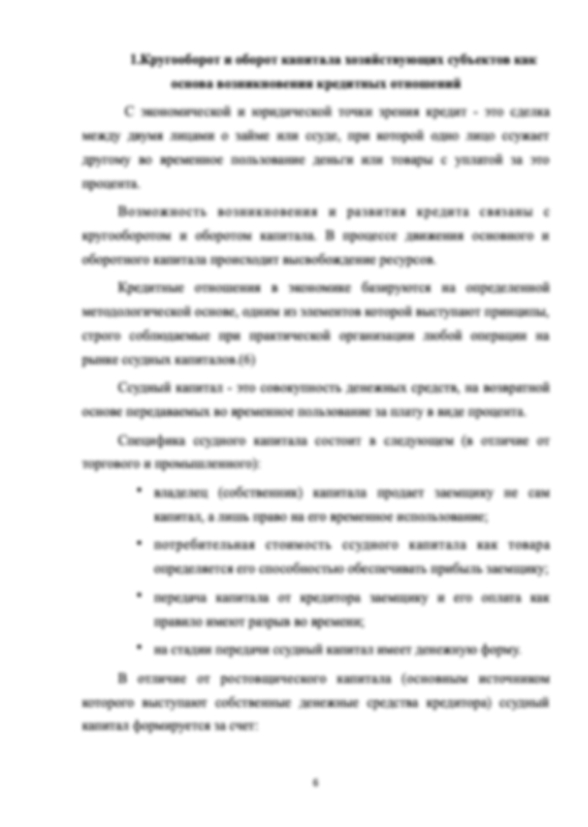все хорошо!
Информация о работе
Подробнее о работе

FROM THE HISTORY OF RAILWAYS IN GREAT BRITAIN
- 8 страниц
- 2019 год
- 90 просмотров
- 1 покупка
Гарантия сервиса Автор24
Уникальность не ниже 50%
Фрагменты работ
I. Перепишите и переведите предложения, обращая внимание на употребление окончания -s.
1. The engine driver’s cab is equipped with new signaling devices.
2. On the first railways, there were no conductors and an engine driver collected the passengers’ fares himself.
3. The engineers continue to work on the problem of increasing passenger trains’ speed.
II. Перепишите и переведите предложения, обращая внимание на употребление оборота there + to be
1. In Great Britain there is a left-hand traffic and a foreign driver must be very attentive.
2. How many stops will there be before the train reaches its destination?
3. There was a terrible rush (суматоха) at the station when I got there.
VIII. Укажите, какие из следующих утверждений соответствуют содержанию текста. Используйте фразы: It is right. It is wrong. Исправьте неверные утверждения.
1. The first horse-powered railways in Great Britain were used for transporting passengers in large cities.
2. The stationary steam engine was invented by James Watt.
3. The speed of the first Stephenson’s locomotive was 29 miles an hour.
4. The first Stephenson’s locomotive was tested on the Liverpool-Manchester Railway.
5. Stephenson received a prize of £500 for his locomotive the “Rocket”.
6. At first lots of people were afraid of the railways.
7. At the 19th century, the gauge of all railways was 4 feet 8½ inches.
8. Brunel suggested constructing railways with narrow gauge.
9. “The Battle of the Gauges” lasted more than 35 years.
10. Now, most railways in Britain have the standard gauge.
FROM THE HISTORY OF RAILWAYS IN GREAT BRITAIN
The history of railways in Great Britain began in the second part of the 18th century. The first railways were horse-powered and were used for transporting coal, timber and ore. Later on, horse-powered railways appeared in large cities and were used as passenger transport. However, they did not last long.
In 1763, James Watt invented the stationary steam engine and George Stephenson was one of the first who put a steam engine on wheels. He made a design of a locomotive but could not build it, as he had no money. Some businessmen decided to construct a railway between Stockton and Darlington to see how Stephenson’s locomotive worked. On the day when it was opened, a man on a horse went in front of the engine and shouted that the train was coming. Stephenson, who was running his locomotive, asked the horseman to go away. He put steam on and ran his locomotive at a speed of 12 miles per hour. It was the beginning of steam-powered railways.
VIII. Укажите, какие из следующих утверждений соответствуют содержанию текста. Используйте фразы: It is right. It is wrong. Исправьте неверные утверждения.
1. The first horse-powered railways in Great Britain were used for transporting passengers in large cities.
2. The stationary steam engine was invented by James Watt.
3. The speed of the first Stephenson’s locomotive was 29 miles an hour.
4. The first Stephenson’s locomotive was tested on the Liverpool-Manchester Railway.
5. Stephenson received a prize of £500 for his locomotive the “Rocket”.
6. At first lots of people were afraid of the railways.
7. At the 19th century, the gauge of all railways was 4 feet 8½ inches.
8. Brunel suggested constructing railways with narrow gauge.
9. “The Battle of the Gauges” lasted more than 35 years.
10. Now, most railways in Britain have the standard gauge.
Форма заказа новой работы
Не подошла эта работа?
Закажи новую работу, сделанную по твоим требованиям


